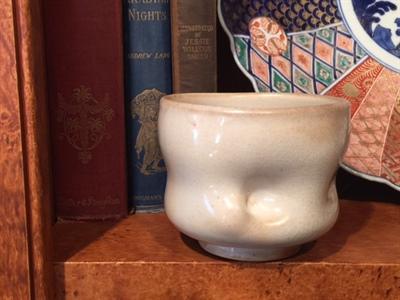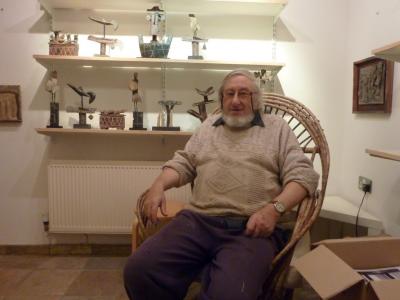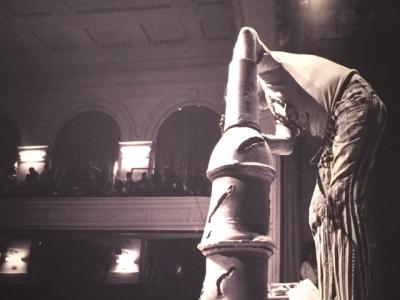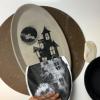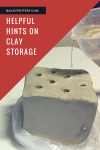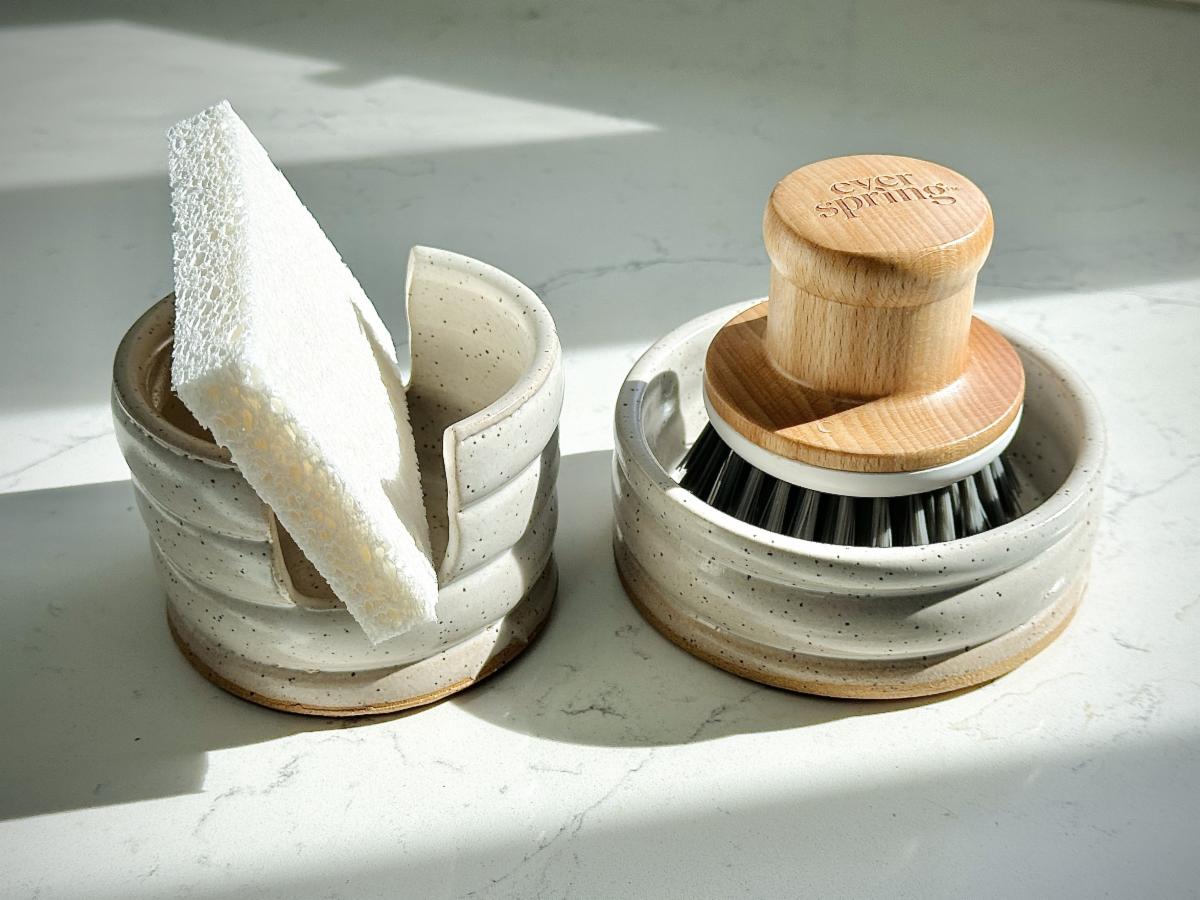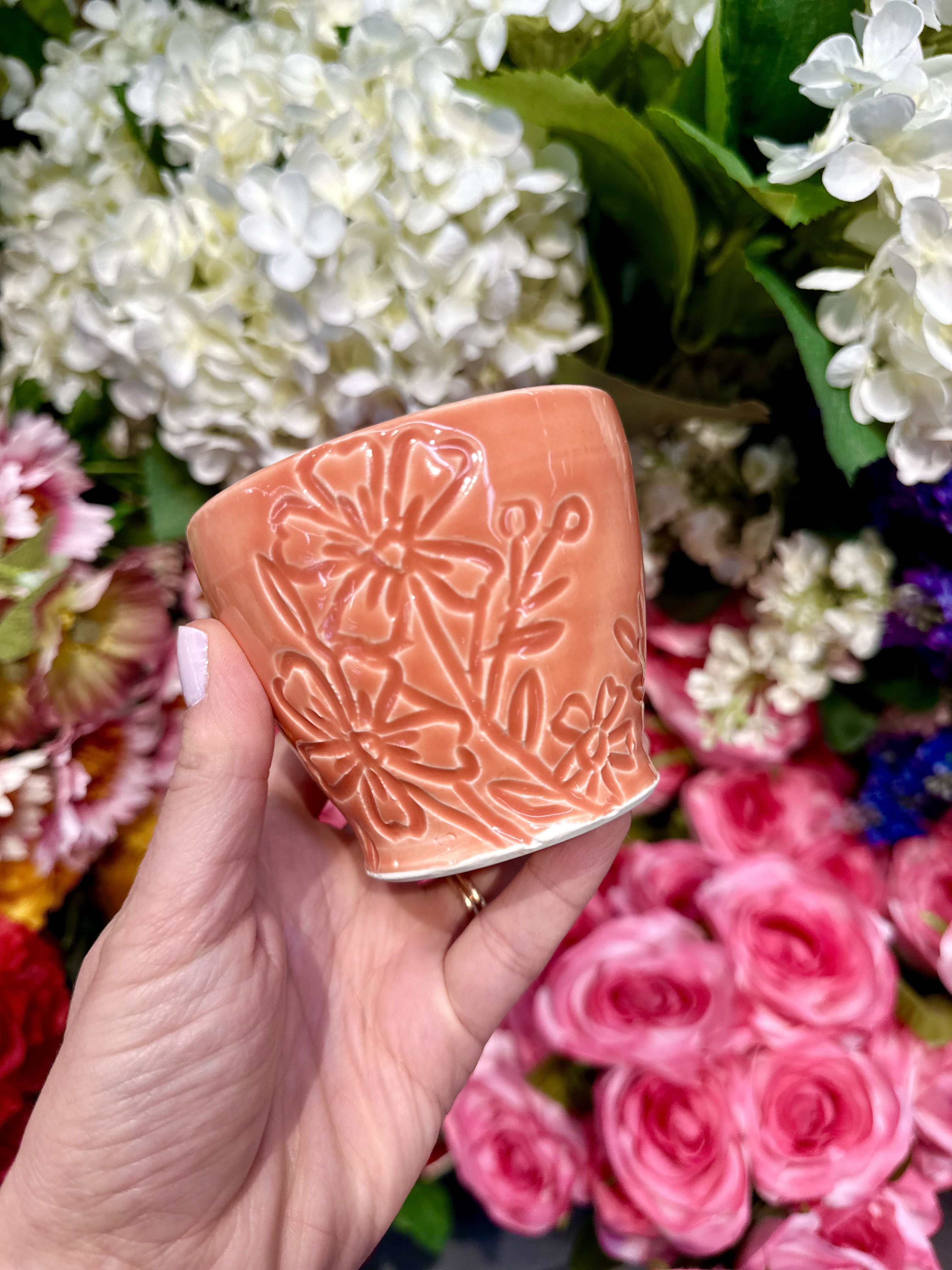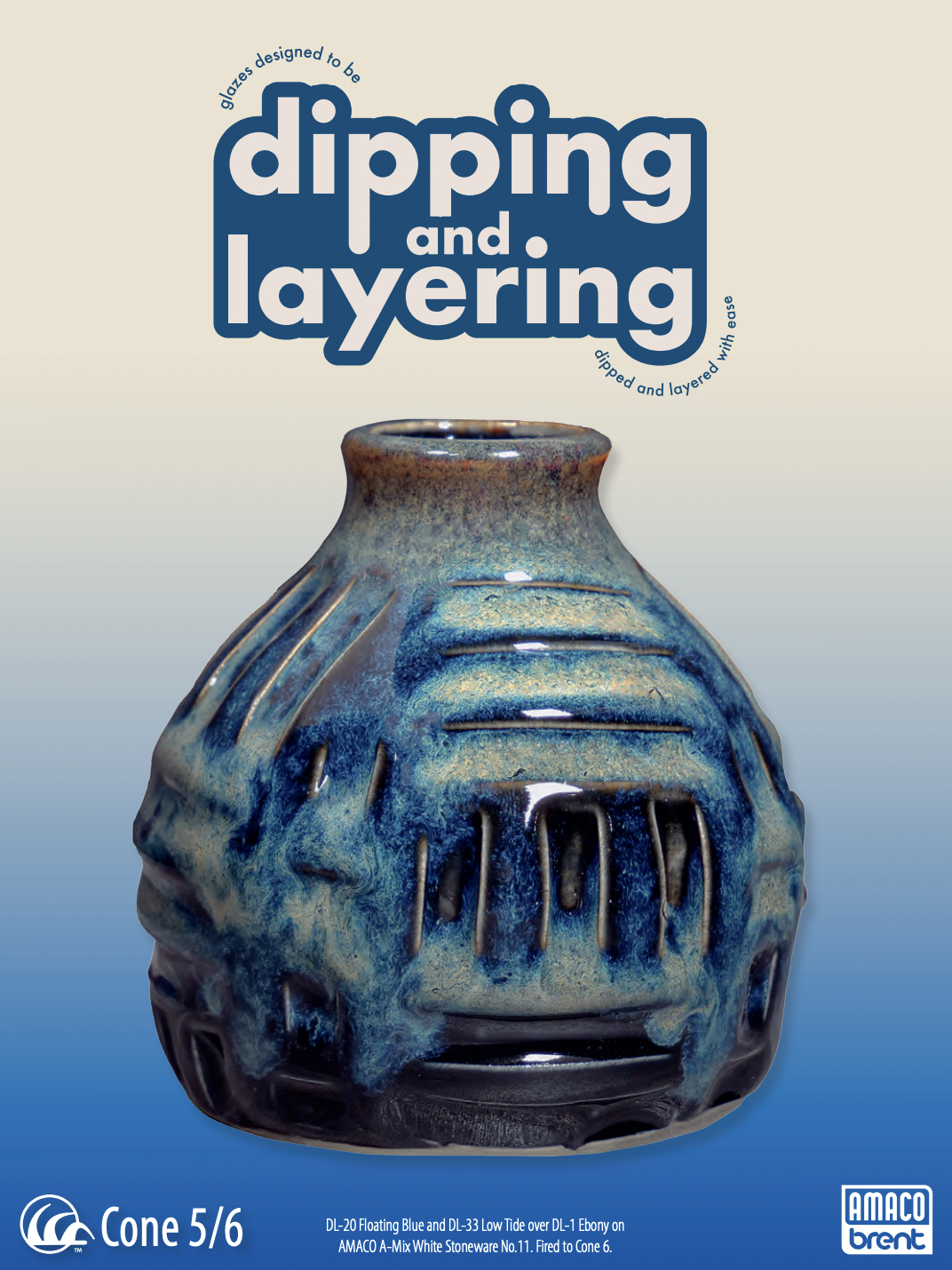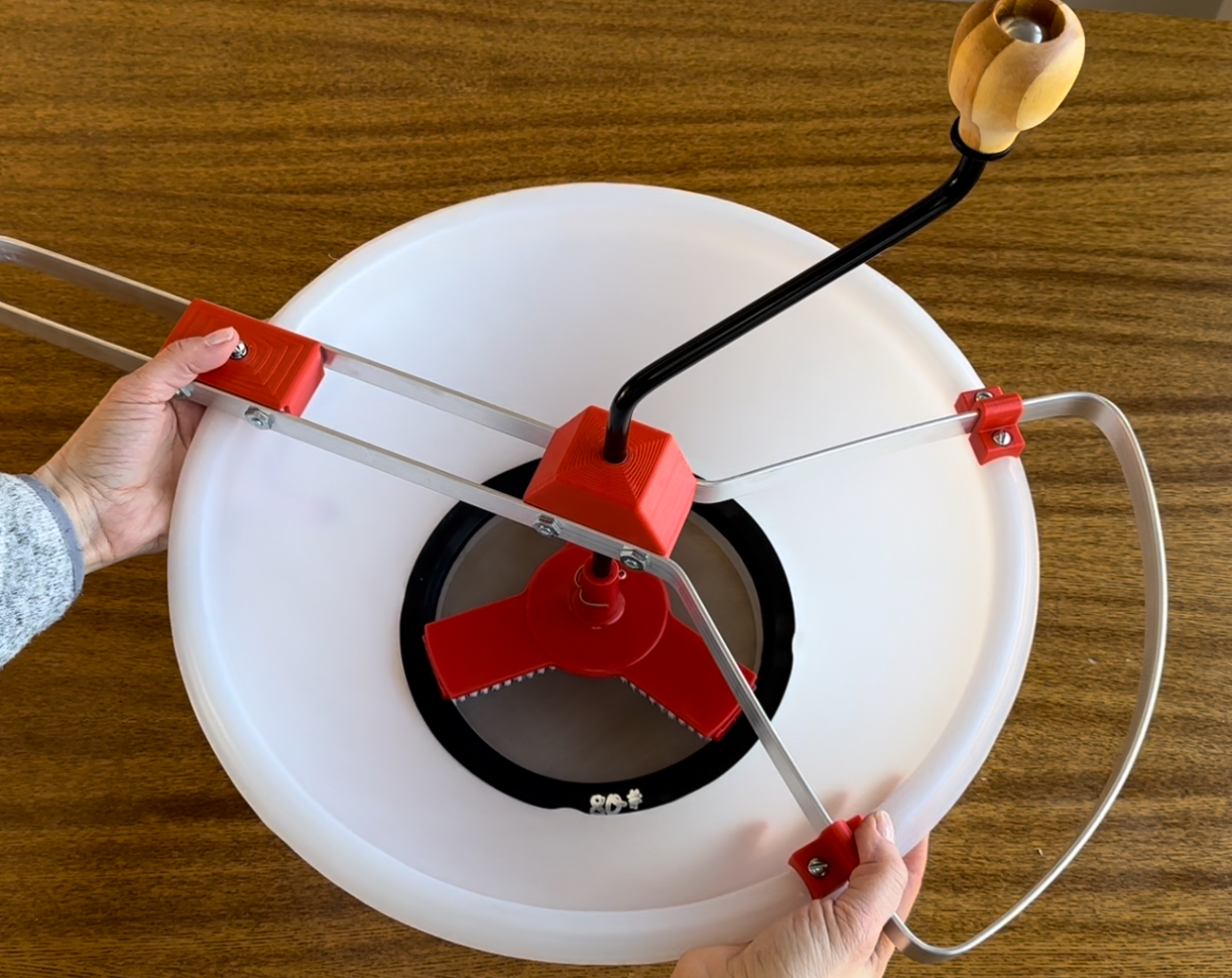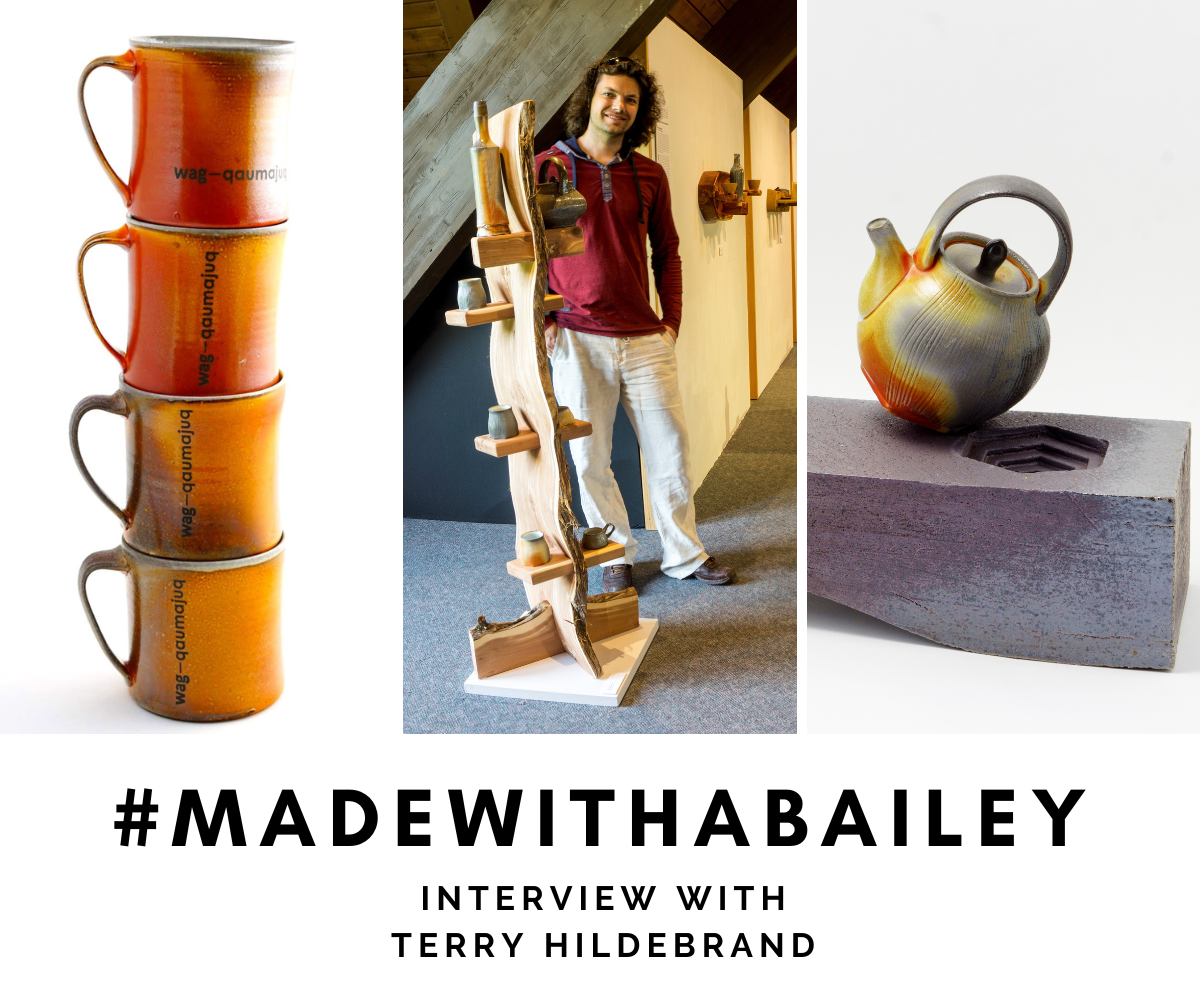Mystery Pot 43 Maker, Helen Naha "Feather Woman"
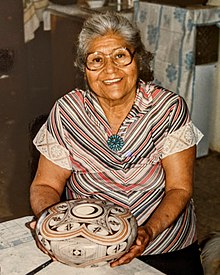
The Bailey Collection of Contemporary Ceramics' new acquisition is a beautiful example of the work of Helen Naha, also know as Feather Woman, because she always signed her work with a stylized painted feather. She was the mother of Burel, Rainy, and Sylvia, all three of whom became potters of note. She not only left a legacy of her own pottery but three more generations have carried on the name and craft all signing their work with a variation of a feather.
The biography below in its entirety by Grey Wolf Gallery in Scottsdale, Arizona. Visit their website for old and current Native American Art.
"Helen Naha lived from 1922 to 1993. She was born a Hopi-Tewa in Hano on First Mesa and lived most of her life in the Hano-Polacca-Keams Canyon area. Her Tewa ancestors had migrated to the Hopi mesas after the 1680 Pueblo Revolt sent the Spanish running from northern Nuevo Mexico.
Her ancestors were probably recruited by the Hopis to protect them should the Spanish ever come back. Instead, the Tewa warriors fought off Ute, Navajo, and Apache raiders until the Hopis asked them to build their own village and stay. Since that time, intermarriage between the two groups has produced today's Hopi, Hopi-Tewa, and Tewa, the classification depending on one's ancestry.
Helen began making pottery when she was in her late teens and continued making pottery almost to the day she died. Her mother-in-law was Paqua Naha (also known as First Frog Woman) and her sister-in-law was Joy Navasie (Second Frog Woman). Helen said she was mainly a self-taught potter but she did glean a few tips from watching her in-laws make pottery.
At the beginning of her career, she was mostly using what she learned from Joy Navasie and copying Sikyátki Revival styles and designs. But she was never happy with that. She didn't come into her own until she began developing her own whiteware styles, decorating them with designs she developed on her own based on pot shards she found in the ruins of Awatovi (an ancient abandoned village of Towa-speaking people located near First Mesa).
Helen was known for producing jars, wedding vases, bowls, vases, cylinders, miniatures, and tiles. Over the period of her life, she almost singlehandedly revived designs such as the Awatovi star and batwing patterns. She also had a fondness for feather, water, spiral, Nachwach-clan handshake, Anasazi black on white, sun, rain, and connected scroll designs. Early in her career, Helen produced a lot of stark black-on-white Hopi pottery but later in life, she crafted significantly more polychrome pieces."
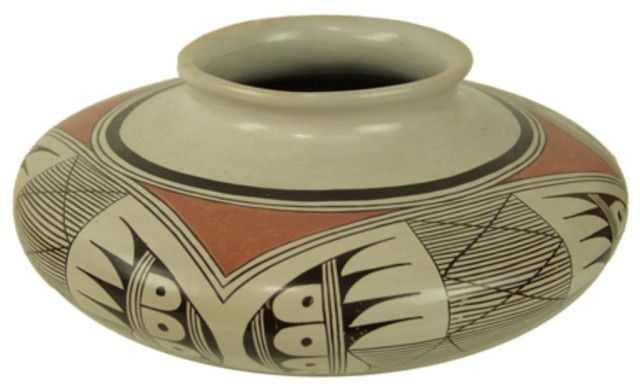

Share this post
About the Author

Related Posts
Mystery Pot 28 Maker Marianne de Trey
Alfred Ceramic Art Museum
Say Yes to Beautiful Things!
John Maltby
Voulkos: The Breakthrough Years
Topics
- Customer Service
- Clay
- Bailey Electric Kiln
- Glazes
- Decals
- Throwing on the Wheel
- Ceramic sculpture
- Holiday Project
- Bailey Slab Roller
- Mystery Pot
- The Bailey Collection
- Ceramic Museum
- Kiln Shelves
- Pottery
- Pottery
- Kiln Maintenance
- Ceramic Artist
- Ceramic Tile
- Ceramic Project
- NCECA
- Workshop
- Ceramic Tools
- Atmospheric Firing
- #MadewithaBailey
- Community
- Underglaze
- Gift Guide
- Ceramic Technique
- GR Pottery Forms
- Hydrobat
- Bailey Extruder
Tags




